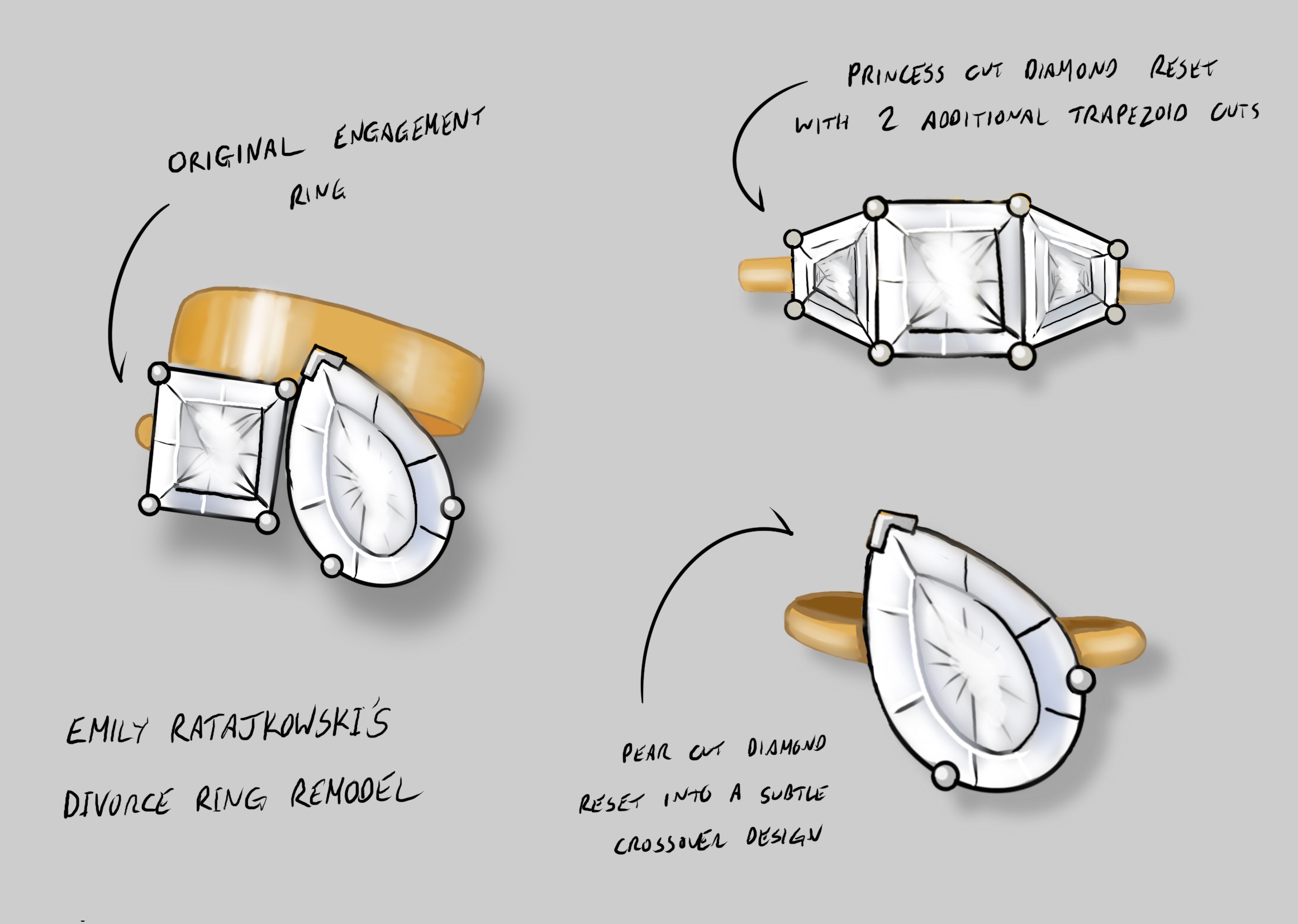
Watermelon Tourmaline
Watermelon Tourmaline Watermelon tourmaline is a captivating gemstone celebrated for its remarkable blend of colours and unique beauty. Belonging to
choose a stone…
choose a setting…
choose a metal…
choose a finish…
…choose ring
21 Meeting House Lane
Brighton East Sussex
BN1 1HB
1273 773 544
21 Meeting House Lane
Brighton
East Sussex
BN1 1HB
Categories:
What is Garnet?
Garnets are striking gems which have played an important role throughout history. Garnets have been used in jewellery for over 5,000 years and even great Egyptian pharaohs were known for their striking red necklaces. Ancient romans set the stone into signet ring designs and it was highly favoured by royals during the Middle Ages. While centuries worth of monarchs have sought the blood red garnet, we know today that this stone exists in virtually all colours.
An unusual cut of Mandarin garnet in a rubover setting from RING jewellers

Where Do We Find Garnet?
While we usually refer to the stone simply as “garnet,” garnets are actually made up of several different species. These species are often found in distinct locations. For example the species known as Uvarovite, which is a deep green colour, comes from the Saranovskii mine in Russia. Spessartites Garnet, which come in various shades of orange, are found in Africa.
3 stone Tsavorite (green garnet) ring from RING jewellers

All species of garnet are similar at the molecular level. Examples include Ca3Fe2Si3O12,(Andradite) and Ca3Al2Si3O12 (Grossular). There are so many species, their molecular similarities may seem endless, but that does not stop the search for new garnets all over the world.
Currently the countries of Brazil, Tanzania, and the United States, are popular places to find garnets, but new mining locations are always sought. In recent years the countries of Pakistan and Afghanistan have been suspected to house new and exciting garnets deep in their earth.
Garnet & Tourmaline stacking ring set in 18ct white gold from RING jewellers

Why Should You Wear Garnet?
Garnets are favoured for jewellery due to their hardness and striking colour. Garnets score roughly a 7 on the Mohs scale. Jewellers use this scale to measure the hardness of a gem from 1 to 10. The closer a number scores to 10, the more durable it will be over its lifetime.
Although not as hard as diamond, which scores a 10 on this scale, garnet’s have been known to last the lifetime of the wearer if cared for properly. Archeologists have unearthed garnets in jewellery that have survived for thousands of years like those in the necklace of Sithathoriunet. This prominent young woman was an ancient Egyptian king’s daughter who lived during the prosperous 12th dynasty.
The wide range of colour and notable clarity that garnets boast, call to mind the impressive jewels of monarch’s past. While deep red varieties of the stone, such as Pyrope, transport us to the reign of our favourite kings and queens, species such as the strawberry tinged Rhodolite garnets, and the brilliant show-stopping green Tsavoritre, are distinguishing too.
Did You Know?

Watermelon Tourmaline Watermelon tourmaline is a captivating gemstone celebrated for its remarkable blend of colours and unique beauty. Belonging to

Transforming Pain into Beauty: The Rise of Divorce Rings In jewellery a Diamond is usually a symbol of love whether

Which finger is the engagement ring worn on? In the UK, as with many other Western countries, an engagement ring
Tel: +44 (0) 1273 773 544
Email: ringdesign@hotmail.co.uk
21 Meeting House Lane
Brighton
East Sussex
BN1 1HB
Open 7 days a week
Mon-Sat: 10:30am – 5pm
Sun: 11am – 4:30pm